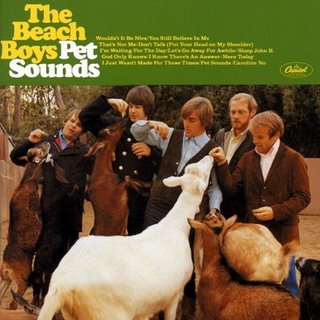Most songs fluctuate between fragile and strong progressions as a way of generating song energy.
____________
Download “The Essential Secrets of Songwriting” 6-eBook Bundle, and get back to the basics of why hit songs sell.
_____________
 For songs that use a verse-chorus design, it’s typical to use a different progression in the verse than is used in the chorus. For many verse-chorus songs, a bridge (or middle-8) is also used, and that section tends to use a third set of progressions.
For songs that use a verse-chorus design, it’s typical to use a different progression in the verse than is used in the chorus. For many verse-chorus songs, a bridge (or middle-8) is also used, and that section tends to use a third set of progressions.
It’s not just that the chords for a verse are different from what is used in the chorus, though. It’s important to know what the purpose of chords in each section. In other words, what are the chords of a chorus doing that’s different from what the chords of a verse are doing?
Here’s a little guideline to help you create chord progressions that have a sense of direction and purpose:
INTRODUCTION
A song’s intro should not be too long – these days, standard pop tunes use an intro between 10 – 13 seconds in length, and often shorter. So an intro’s chord progression should be short – perhaps 1 or 2 chords – and should reinforce the key of the main body of the song.
VERSE
A verse progression’s ability to move forward is partly dependant on where the chorus progression starts:
- If the chorus begins on the tonic (I) chord, your verse should end on a chord that moves easily to the I-chord: IV or V are the most common.
- If the chorus begins on a non-tonic chord such as ii, IV or V, the verse can end successfully on a I-chord.
While most pop songs use chord progressions that are fairly solidly in one key, the verse can tolerate a more meandering kind of progression, where the key may not be strongly indicated. So some examples of verse progressions (in A major) might be:
- A Bm G D…
- A D C G A…
- A F#m Bm E F C D E…
- D/A Bm F#m F#m/A E/B Cdim E/B A#ø… (This is the progression used in the verse of The Beach Boys’ “God Only Knows”)
CHORUS
Chorus progressions tend to be tighter and tonally stronger, pointing more obviously to a key. The shorter progression goes hand-in-hand with the nature of chorus melodies, which often incorporate a hook. So shorter melodic phrases, partnered with shorter progressions, makes choruses very memorable and catchy.
The “fragile” progression listed above for “God Only Knows” is followed by a chorus progression that’s much stronger, and more tonally obvious: A E/G# F#m E
BRIDGE or INSTRUMENTAL SOLO
The bridge usually follows the second chorus of a song. It’s an opportunity for the lyric to explore the song topic more deeply, and often interweaves narrative-style lyrics with emotionally-charged text. For the chord progression, it’s normal for a bridge progression to move further afield, even venturing into opposite modes (i.e., a song in a major key moving into the relative minor, for example), and use a good number of altered-chords (i.e., chords that don’t belong to the song’s original key).
If your song is in A major, your bridge will often start out on a chord that’s non-tonic, and will often move away from the original key, returning to A major after 8 bars. Here’s an example (assuming 4 beats per chord):
- F#m G D A F#m G D E7
You have the option at the end of a bridge to return to the chorus or a 3rd verse, and the end of the bridge progression should connect smoothly with wherever it’s going.
As you can see, most songs will exhibit this fragile-strong-fragile-strong pattern of chord progressions as it moves from one section to the next. That kind of toggling from one type of progression to the other generates considerable song energy, and keeps listeners interested in your music.
____________
Follow Gary on Twitter
 “The Essential Secrets of Songwriting” 6 e-book bundle will show you how to write great songs, harmonize your melodies, and give you hundreds of chord progressions in the process.
“The Essential Secrets of Songwriting” 6 e-book bundle will show you how to write great songs, harmonize your melodies, and give you hundreds of chord progressions in the process.
PURCHASE and DOWNLOAD the e-books for your laptop/desktop










REQUEST:
Would you mind addressing the theory behind the chorus of Justin Timberlake’s “Pusher Love Girl?” To my ears, it sounds like:
D/E, A/D, E/C#, B
(…but I could be wrong!).
Anyway, the ‘marriage’ between the ‘descending’ 4ths and the seemingly B-minor bassline is uncanny, and I’d like to know WHY it works.
I’ve tried playing similar patterns using 5ths, major basslines, etc., but they don’t fit nearly as well together (e.g., I keep getting many flat-2nds paired with their major chords, and it sounds like Hell!)
Thank you!